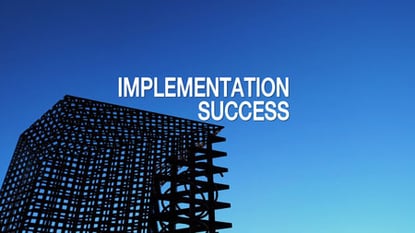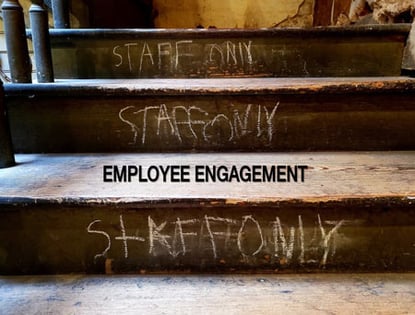I was discussing a request for proposal the other day with a potential client. He’s developing a short list of potential candidates for a new market research initiative at his company. It was clear that the organization’s team had already decided that a request for proposal was the best way to determine which outside vendor will be the best market research partner.
One other thing that was clear in the conversation: their expectations go well beyond carrying out an already in-place quantitative market research initiative.
The discussion surfaced the need for creating and implementing multiple types of research - both quantitative and qualitative - across a number of market segments. While he billed it as “customer” research, it likely needs to include both prospects and former customers to provide accurate insights.
As we talked, I told him they shouldn’t be issuing a request for proposal.
When a Request for Proposal Doesn't Fit
A request for proposal is fine (I suppose) when the expectations, needs, and product or service are evident. I told him, however, that when none of these are clear (even to the client) and there are multiple avenues to address a nebulous deliverable, a request for proposal isn’t the best step.
In less specific situations, a request for proposal is a waste of time for potential vendors. They are taking time to design something they will likely never implement. The real market research design will only take shape after the client selects a vendor and meaningful exploration takes place. By that point, the specifications have changed so much, the proposal is likely irrelevant.
The client will wind up re-working much of the original RFP process in short order after they pick a research partner. That’s wasted time, too.
A Request for Presentation Could Be Better
I suggested they invite potential market research partners to come in and present their credentials, experience, and initial thinking on helping the client explore what types of market research they will really need. After developing a comfort level with a potential market research partner from the Request for Presentation, they can select one. THAT is the time to sit down, specify the methodology, and develop a scope of work with pricing.
We’ll see if they take the advice.
I hope they do.
A Request for Presentation will likely be a more fruitful RFP process than one focused on a Request for Proposal. – Mike Brown




